“In seeking truth, you have to get both sides of the story.” (Walter Cronkite)
Governments Role
The government has three ways to fund its operations. It taxes, borrows, or prints money. The very act of tax collection is not inflationary, although there are many who question the methodology or fairness of it. Government borrowing is also not inflationary because there is a borrower (government) and a lender (individuals, institutions, or foreign countries) and no new money is injected into the economy. In some instances, the Fed also supports the US Treasury by buying government notes and bonds (lending them money) to keep the government solvent. Interest is then paid to the Fed, which then, primarily, donates it back to the Treasury. Again, in this case, no money created, just debt.
However, debt has its own risks. The greater the government annual deficit becomes each year, the more economic strain it experiences in paying for and managing its overall debt burden, particularly in an inflationary and rising interest rate environment. Recently, the dramatic increase in government debt and deficits has become alarming.
With the increasing deficit, the Fed must print money to make-up for overspending beyond what has been collected with taxes and borrowing. Fixing this widening gap is inflationary. As new money circulates through the economy, it eventually leads to higher prices, higher wages, and a devaluation of the dollar. As we repeatedly say, inflation is stoked by the circulation of too much money chasing too few goods.
While the Fed is the primary culprit in creating and fighting inflation, fiscal policy can indirectly impact Fed policy decisions, although not always the case. Fiscal policy is the underlying principle and catalyst that drives an economy. It can be either pro-growth and motivational or just the opposite.
There are two main contrasting economic philosophies that sway fiscal policy depending upon who is in power in Washington. We feel it is important to understand the differences since they are so impactful to economic prosperity and market performance. Throughout our nation’s history, there are periods of time, which vary in length, when each philosophy is the dominant macro-economic doctrine: Keynesian Theory and Classical Theory.
Keynesian Theory
Named after the famous British economist John Maynard Keynes, this is a traditional, liberal, demand-side economic theory which is driven by the demand for goods and services. In other words, manufacturers or producers of goods create more supply when they believe there is enough demand to meet the supply. Keynesian supporters typically believe that the government can play a dominate role in shaping policy. If there is excessive inflation, government can step in and raise taxes to lower demand and thus lower it. If there is a recession, then government can help solve for the lack of liquidity or growth through higher government spending, thereby stimulating the economy. They believe in greater social welfare transfer payments, which will lead to higher consumer and business spending to guide the economy to the maximum desired employment level. Keynesian theory revolves around the philosophy that it is the role of government to solve for issues such as income inequality and social justice, accomplished through higher taxes and a redistribution of wealth.
Keynesian doctrine requires the government to lead with a top-down approach with increased regulations. They are mechanisms of compliance and enforcement to help ensure reforms are followed. The current administration under President Biden follows the Keynesian approach of economics.
Progressive Keynesians believe in Modern Monetization Theory (MMT). This is the theory that deficits provide no financial risk and therefore the government can print as much money as it needs, with the assistance from the Fed.
Classical Theory
This economic approach is the opposite of Keynesian theory. Based on the works of Scottish economist Adam Smith, it is a conservative supplyside approach to economics. At its core, demand is driven by the supply of goods and services. In other words, higher supply and availability of goods and services will lower prices, increase consumption, and promote maximum employment. Lower taxes and lower regulations trigger greater economic activity, broaden the tax base and spur economic growth. There is an ‘invisible hand’ according to Adam Smith, that expands growth when individuals act in their own best interests in an economic system of interdependence. Free-trade and free markets promote competition in the private sector which leads to more innovations and entrepreneurship. Increased economic activity boosts growth, increases employment, brings price stability due to free-market competition, and strengthens the dollar. It is a bottom-up approach lead by the private sector with less government. In other words, this theory suggests government engagement is not the solution.
Classical followers believe that higher taxes reduce tax revenue because businesses and consumers change behavior and make different decisions when they feel pinched by perceived confiscatory tax policy. Overreaching regulations increase overhead expenses, which may limit production of goods and services. The more burdensome taxes and regulations become, the greater potential for businesses to experience lower profit margins, less investment, expansion, and job creation.
Classical theorists reject MMT because they believe debt and money supply does matter. True wealth is not created by government printing, borrowing, or taxation; it is only created through the private sector and innovation.
In Actual Practice
Yogi Berra once said “In theory there is no difference between theory and practice. In practice there is.” Although obviously said in satire, we think there is a lot of truth to this quote. When a new administration takes over the reins, they campaign on one of these economic platforms. They do not call it out by name directly but instead form a wish list of economic policies they would like to see accomplished. However, a divided government, current events, or public sentiment, may impede delivering on campaign promises. Additionally, the difference between the two economic theories can become murky at times such as when Congressional legislation stalls and existing policies stay in place or when the executive branch steps in with executive decrees that are then challenged in court.
Today, the data clearly shows that the size of government is rapidly growing. Once new government programs are created, they only get bigger. When one administration is in place, it becomes difficult for the next to implement their agenda and changes. As an example, a liberal government aligned with Keynesian theory makes it extremely difficult for those in the Classical camp to reduce the size of government and maximize free markets with limited government. There are also political crossovers in actual practice. While easy to link Keynesians with Democrats and Classicals with Republicans, it is not always the case. In modern history, Democratic presidents John Kennedy and Bill Clinton partially exercised classical economic policies while Republican presidents Richard Nixon, Gerald Ford, and both President Bush’s partially integrated Keynesian policies. Why does this matter? Importantly, the Fed takes fiscal policy into consideration based on the economic environment, whether growing too fast or too slow. Both sides have contributed to greater deficit spending and encouraged the Fed to print more and manipulate interest rates below a natural rate, adding to inflationary pressures over time. Recognizing the consequences of Keynesian or Classical policy and the forces at play can either help grow or impede economic growth, employment, debt, deficits, and ultimately inflation.
The Fed
The Fed uses more of a Keynesian or demand-side approach to analyze economic data and make policy decisions. Remember, they do not need Congressional approval because they are independent. As well, they have the capacity to move markets up or down with anticipated future decisions, how they communicate, and actual policy announcements. The Fed believes that if economic growth becomes too high or if the unemployment rate is too low, demand will increase too much, and inflation will surface. While many might argue that the Fed frequently gets policy decisions wrong, Fed officials believe that there are ample tools in their toolbox to encourage both adequate price stability and high employment.
Summary
Let’s summarize the two contrasting philosophies by showing you a simple metaphor using the universe. With Keynesian theory, the private sector (planets) rotates around government (sun); with Classical theory, the government (planets) rotates around the private sector (sun). You can decide for yourself to which theory you subscribe.
While the Fed is the primary cause of inflation, adding to the money supply to artificially keep interest rates low, fiscal policy indirectly impacts inflation through taxing, spending, and creation of regulations. Keynesian or Classical policies control the tempo and overall direction of this policy. It is worth pointing out that outside global economic pressures may also add to price inflation. – ie. rising food and energy cost increases due to supply constraints and war.
One last important set of observations:
- The results of monetary and fiscal policy decisions manifest at different times.
- The impact of Fed monetary policy is often felt six to nine months later, while stock prices are impacted much sooner (often leading indicators).
- Both monetary and fiscal policies may cause short-term economic booms with long-term unintended consequences. One of those consequences is inflation.
Next up – What can we learn from the past?
All our best,
Your Partners from MGFS




